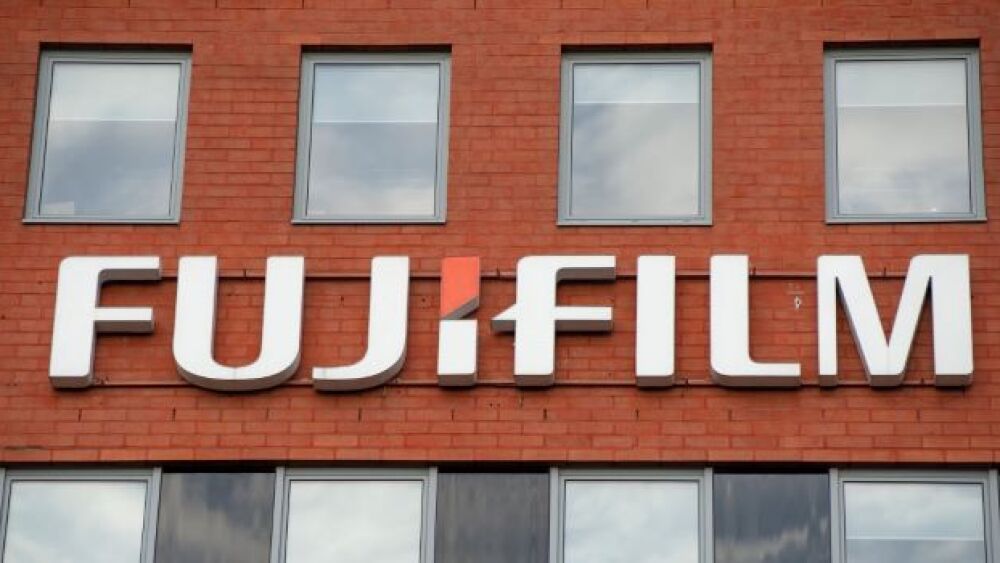The new process development and manufacturing facility will focus on viral vectors and advanced therapies. It is the third location for Diosynth’s CDMO viral vector services.
Aleksander Kalka/NurPhoto via Getty Images
Fujifilm Corporation is investing $40 million in Fujifilm Diosynth Biotechnologies, its Contract Development and Manufacturing Organization (CDMO), for a new factory in the Boston area, specifically Watertown, Massachusetts. The new process development and manufacturing facility will focus on viral vectors and advanced therapies. It is the third location for Diosynth’s CDMO viral vector services.
They plan to start operations in the fall of 2021. The new site will host experimental and analytical equipment needed for viral vector and advanced therapy process development. Its contract manufacturing services for early phase clinical trials are planned to begin in the fall of 2021, two years later.
Viral vectors, in particular, are being used for a wide range of gene therapies.
“The strength of Fujifilm’s Bio CDMO business lies in its wide-range of capabilities: process development for a variety of biopharmaceuticals such as antibodies, recombinant protein, gene therapy, vaccines, oncolytic virus and more, along with flexible facilities that can adapt to small- or large-scale manufacturing of drug substances, formulation and packaging,” said Takatoshi Ishikawa, senior executive vice president and chief life science officer, Fujifilm Corporation. “We will continue to leverage our expertise in Bio CDMO to further accelerate our offerings in viral vectors and advanced therapies, with the ultimate goal of fulfilling unmet medical needs.”
The same technological capabilities are used in vaccine manufacturing. With the COVID-19 pandemic, interest in vaccine development and contract research and manufacturing capabilities has skyrocketed.
Fujifilm has a viral-vector facility in College Station, Texas, that opened in 2014 and was further expanded with a $120 million investment to increase manufacturing capacity. In October 2020, Fujifilm announced it planned to open a gene therapy facility in the UK in spring of 2021.
Martin Meeson, Fujifilm Diosynth Biotechnologies’ chief executive officer, said, “We are strategically establishing this facility in the greater-Boston area where there is a high concentration of biopharmaceutical companies and academia innovating in the field of advanced therapies.”
Meeson added, “Together these three sites will enable us to respond to our customers’ needs to support their viral vector manufacturing process from early clinical stage through to commercialization, to ensure these life-saving treatments are available to patients in need.”
Gene therapy and various other cell therapies are a hot area, and numerous companies are expanding their capabilities in this area. A year ago, Nationwide Children’s Hospital’s Abigail Wexner Research Institute (AWRI) in Columbus, Ohio, announced plans to build a gene therapy manufacturing plant. A few months before that Harvard University indicated it would invest $50 million in a not-for-profit manufacturing and training site for cell and viral vectors. In March 2019, Thermo Fisher acquired Brammer Bio, a gene and cell therapy manufacturer, for $1.7 billion in cash. Brammer Bio is a CDMO focused on viral vectors for gene and cell therapies.
And when Moderna inked a manufacturing deal with Swiss-based Lonza in May 2020, the focus was on manufacturing the COVID-19 vaccine, but the contract was a 10-year strategic collaboration that could include manufacturing of other vaccines and gene and cell therapies.
As biologics, gene therapy and immuno-oncology become more advanced and more mainstream, the demands for specialized manufacturing have increased. Reproducing commercial scale quantities of large, complex molecules presents a number of operational and technological challenges. It has been pointed out that an aspirin molecule contains 21 atoms, but a modern biopharmaceutical molecule contains anywhere from 2,000 to 25,000 atoms. Genentech’s Herceptin for breast cancer, for example, contains more than 25,000 atoms.





